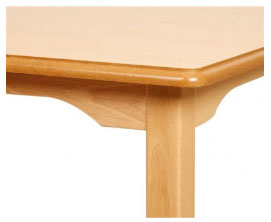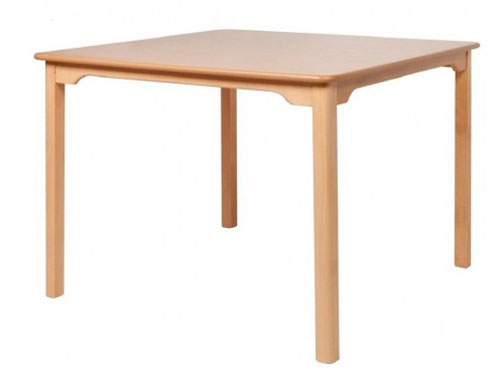Dementia Furniture
When looking for furniture that will be used by people who may be affected by Dementia, there are some specialist products that are worthy of consideration.
Seating
Providing the correct seating will improve comfort and the general quality of life. Chairs should of course be comfortable, as they may be used for prolonged periods, with an appropriate seat height. Arms are essential as they make independent standing much easier. Seat depth is also important as if it is too deep it will force people to slouch. Fabrics should be of a plain design and varied to avoid an institutionalised appearance. They should also and contrast with the surroundings. Scatter cushions are useful to provide for extra support and provide an opportunity to introduce patterns and tactile fabrics.
Tables
Table tops should contrast with the surroundings so they are easily seen. The edges should be smooth and rounded corners will help to avoid bump injuries. Tables should be high enough for wheelchair users with little or no underframe to impede knee room. Dining chairs should again be of an appropriate height, with arms to assist with access. Wipeable and waterproof fabrics can be used for all types of seating as part of the overall design.
Bedroom Furniture
This will be made with lightly grained wood finished and can include scalloped panels so it is easy to see what is inside. An open section to a wardrobe that has a smaller selection of clothing can help to avoid a situation of too much choice.


Plain Contrasting Fabric

Dining Table with knee room

Contrasting Dining Chair

Open Wardrobe Section- hover over for larger image







